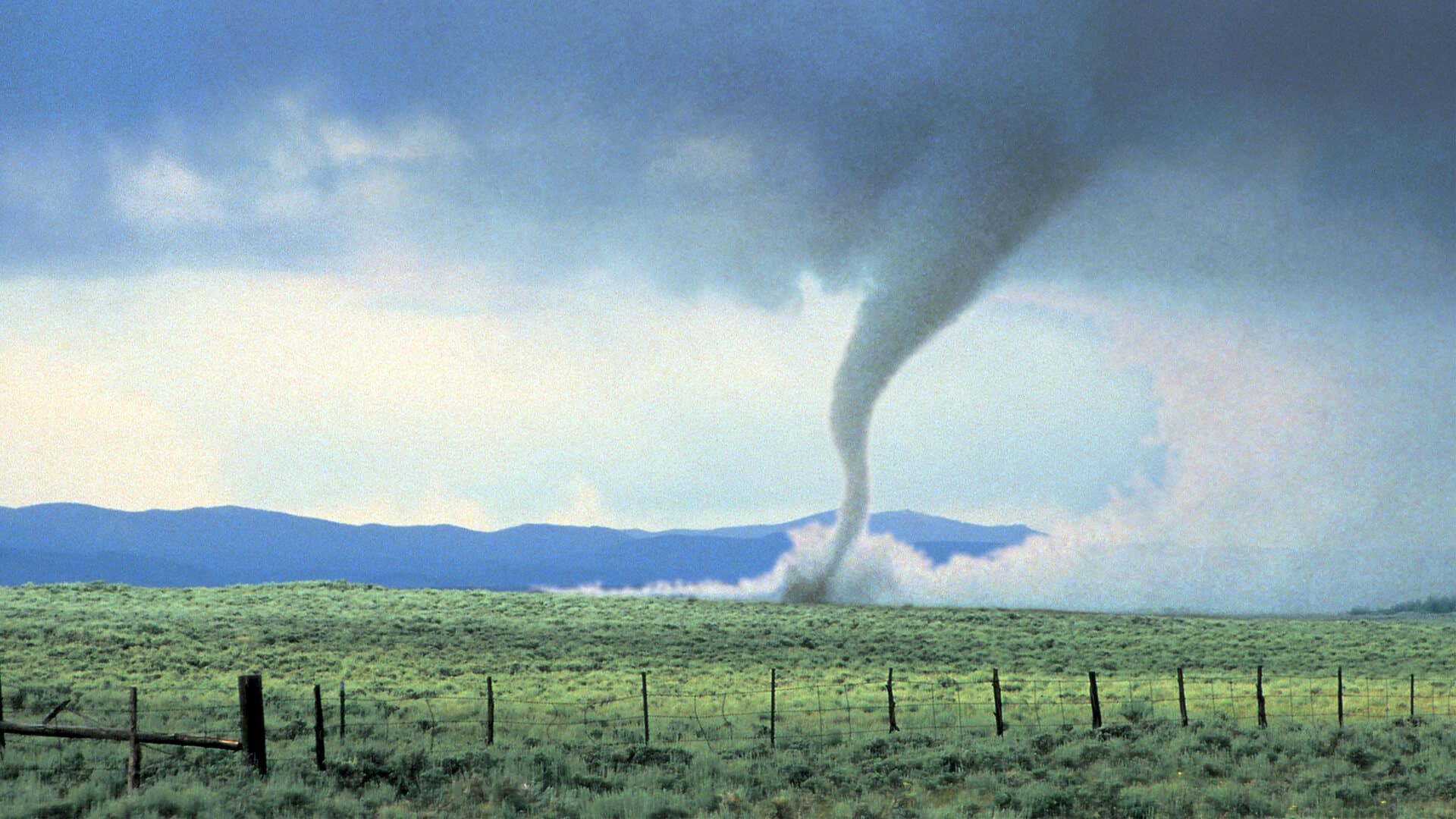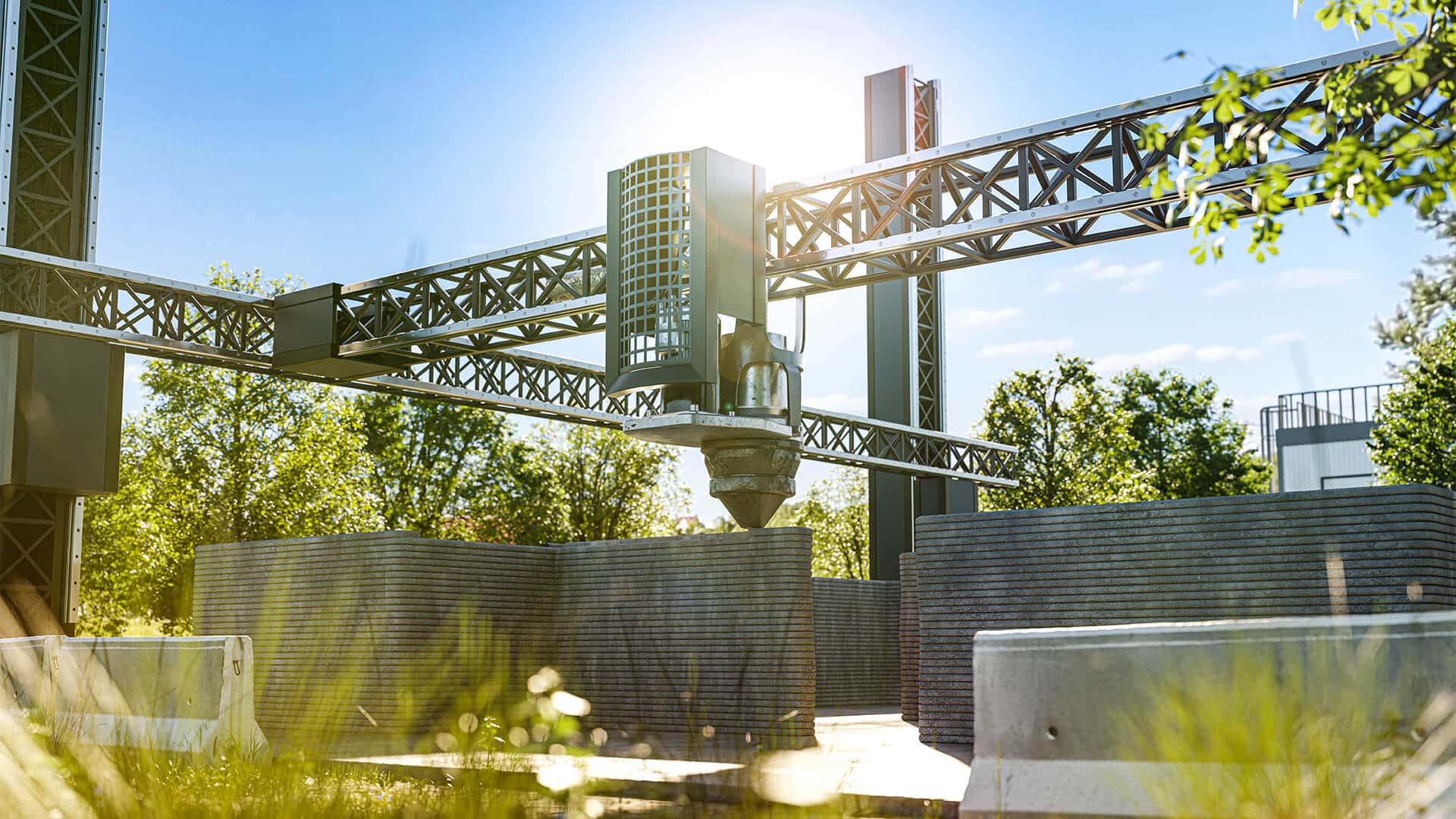Los Angeles area wildlife will soon enjoy a major transit upgrade, as work ramps up on what is being hailed as the “world’s largest wildlife crossing.” The architectural marvel is rising over the busy 101 Freeway—a portion of which will be closed between 11 p.m. and 4 a.m. over the next few weeks, giving construction crews the stage to bring this vision to life.
Beth Pratt, California Regional Executive Director for the National Wildlife Federation, is thrilled about the project’s potential.
“It means a better future for wildlife. We don’t want more mountain lions or wildlife to get hit by cars,” Pratt told NBC Los Angeles. “But also, the mountain lions south of the 101 right here, they’re inbreeding themselves out of existence. So, this is going to ensure a future for them in that they’ll get dates outside their family.”
So, this structure is not merely a crossing; it’s basically a love bridge for mountain lions looking to mingle!
The overpass itself is an impressive feat, spanning 210 feet and covering 10 highway lanes. Initiated two years ago by the California Department of Transportation, the bridge will blend seamlessly with the natural landscape, featuring native plants and soil.
On a typical day, 300,000 cars travel through this section of the 101 Freeway in Agoura Hills, nestled in the Santa Monica Mountains. The area’s mountain lions face the threat of genetic isolation, which could lead to their extinction within the next 50 years if new blood isn’t introduced. The freeways, acting as barriers, have significantly hindered their movement.
“We have the science that the mountain lions, bobcats and the coyotes come right up to the 101 and they go back,” Agoura Hills Mayor Illece Buckley Weber explained. “They’re smart enough not to cross, and that’s one of the problems. We need them to cross back and forth between the Santa Monica Mountains.”
A poignant reminder of the stakes came two years ago when a mountain lion known as P-22 was tragically euthanized after a perilous freeway crossing led to severe injuries. This new bridge aims to safeguard not just mountain lions but also deer, coyotes, toads, bobcats, snakes, and lizards, ensuring all these species can safely navigate their habitats.
Scheduled to open next year, the crossing promises to be a significant step forward in urban animal conservation, offering a safer passage and potentially richer social lives for the area’s wildlife.











